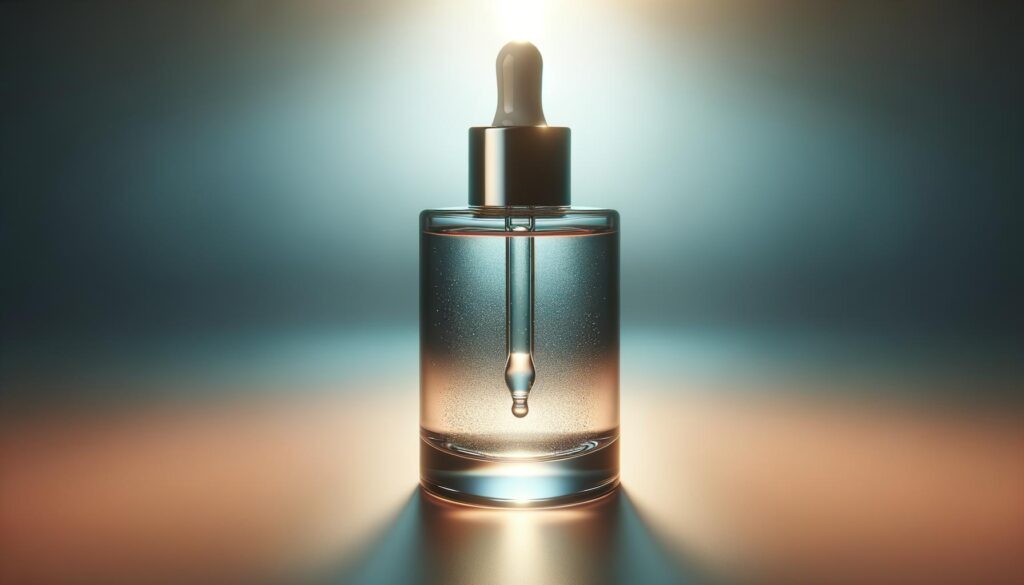Understanding and Tackling Dark Spots: A Comprehensive Guide

What Causes Dark Spots?
Dark spots, also known as hyperpigmentation, are common skin conditions where patches of skin become darker than the surrounding areas. The primary causes of dark spots include excessive sun exposure, hormonal changes, inflammation, and certain medications. When skin is exposed to the sun, it increases the production of melanin as a defense mechanism, often leading to sunspots or age spots. Hormonal changes, particularly during pregnancy or from birth control pills, can also stimulate melanin production, resulting in melasma. Additionally, post-inflammatory hyperpigmentation can occur after an acne breakout or other skin injuries. Understanding the root causes of dark spots is vital in choosing the right treatment and preventive measures for healthier skin.
Types of Dark Spot Removers
Many products on the market claim to address the issue of dark spots, each using different active ingredients to achieve their results. Some of the most common types include:
- Vitamin C serums: Known for their antioxidant properties, these serums can lighten hyperpigmentation and increase collagen production.
- Retinoids: Derived from Vitamin A, retinoids accelerate cell turnover and exfoliation, which can result in the fading of dark spots over time.
- Hydroquinone: Often used in dermatology, this ingredient can lighten hyperpigmentation by decreasing melanin production.
- Natural remedies: Ingredients like licorice extract, niacinamide, and bearberry extract are praised for their skin-lightening properties.
Each type of dark spot remover works differently, so it’s important to choose one that aligns with your skin type and concerns.
How to Choose the Right Product
Selecting the appropriate dark spot remover depends on various factors, such as skin type, sensitivity, and the severity of the hyperpigmentation. Begin by assessing your skin’s needs and doing a patch test to avoid adverse reactions, especially if you have sensitive skin. For instance, individuals with oily skin may benefit from a lightweight, non-comedogenic serum, while those with dry skin might favor a soothing, hydrating formulation. Additionally, consider the concentration of active ingredients, as higher concentrations could be more effective but might also increase the risk of irritation. Consulting with a dermatologist can provide personalized recommendations based on your skin type and dark spot concerns.
Preventing Dark Spots
Prevention is always better than cure, and taking proactive steps can reduce the risk of developing new dark spots. Here are some strategies to consider:
- Regular use of sunscreen: Choose a broad-spectrum sunscreen with at least SPF 30, and apply it daily, regardless of the weather.
- Protective clothing: Wear hats and sunglasses, and opt for clothing that covers your skin when out in the sun for extended periods.
- Healthy diet and lifestyle: A balanced diet rich in antioxidants and adequate water intake can support skin health.
- Skin care routine: Incorporate gentle exfoliation and moisturizing to maintain the skin’s natural barrier.
Being consistent with these practices can significantly mitigate the occurrence of dark spots.
Professional Treatments for Dark Spots
When at-home treatments aren’t enough, there are professional options available that can effectively address stubborn dark spots. These include:
- Chemical peels: These involve applying an acid solution to exfoliate the top layers of skin, encouraging regeneration and the reduction of spots.
- Laser therapy: Targeted laser treatments can break down excess melanin in the skin, leading to a more even complexion.
- Microdermabrasion: This minimally invasive procedure exfoliates the skin using a special device, removing dead skin cells and diminishing dark spots.
While effective, these treatments often require multiple sessions and can be costly. Consulting with a skincare professional can help you decide if these are suitable for you.
Conclusion
Addressing dark spots involves understanding their causes and selecting the right treatments based on individual skin needs. By incorporating preventive measures, choosing appropriate skincare products, and considering professional treatments when necessary, you can achieve a clearer, more even skin tone. With the right approach, the journey to healthier skin can be both effective and rewarding.
